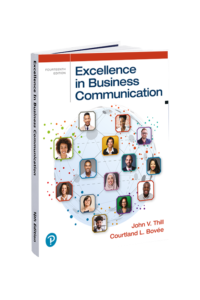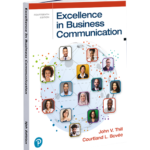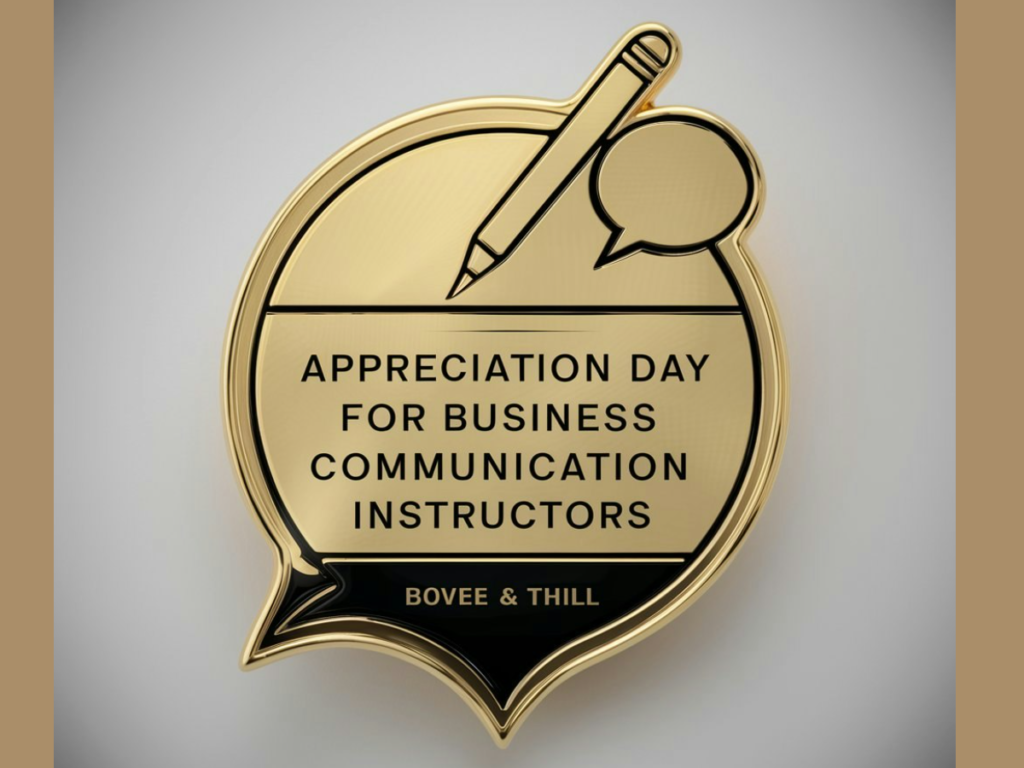
The business communication educational landscape is rapidly evolving, and Artificial Intelligence (AI) is driving this transformation. In the field of business communication, AI presents unprecedented opportunities for instructors to deliver personalized, data-driven, and impactful learning experiences. This article explores the multifaceted ways AI is revolutionizing business communication instruction, focusing on three key areas: personalized learning, data-driven instruction, and impactful learning experiences.
1. Personalized Learning Journeys:
• Adaptive Learning Platforms: AI algorithms analyze individual student performance data, identify learning gaps, and tailor learning pathways accordingly. Imagine a platform that recommends persuasive writing modules for a student struggling with arguments, while suggesting advanced negotiation techniques for another excelling in communication.
• Individualized Feedback and Coaching: AI-powered tools provide real-time feedback on writing style, grammar, and clarity. They can even analyze non-verbal cues during presentations, offering insights on body language and delivery. This personalized feedback loop fosters continuous improvement and builds confidence.
• Accessibility and Inclusivity: AI helps create accessible learning environments. AI-powered transcription and translation tools facilitate communication for students with hearing impairments or those learning in a second language.
2. Data-Driven Instruction:
• Performance Analytics and Insights: AI analyzes vast amounts of student data, identifying trends and patterns that inform instructional strategies. Instructors gain insights into which communication skills require more focus, allowing them to adapt curriculum and teaching methods accordingly.
• Predictive Analytics for Student Success: By analyzing historical data and student performance, AI algorithms can predict potential areas of difficulty. This allows instructors to proactively intervene, offering targeted support and resources to students who might be at risk.
• Experimentation and Innovation: AI-powered platforms facilitate A/B testing of various teaching methodologies, allowing instructors to experiment with different approaches and identify the most effective strategies for their students. This data-driven approach ensures continuous improvement and optimization of the learning process.
3. Impactful Learning Experiences:
• Immersive Learning Environments: AI powers virtual reality (VR) and augmented reality (AR) experiences, allowing students to practice communication skills in realistic, simulated scenarios. Imagine students delivering presentations in a virtual boardroom or engaging in mock negotiations with AI-powered avatars.
• Gamified Learning and Engagement: AI can create interactive and engaging learning games that motivate students to practice and refine their communication skills. These games can simulate real-world scenarios, such as conducting job interviews or pitching business ideas, making learning more fun and effective.
• Personalized Career Guidance: AI analyzes student strengths and weaknesses, recommending career paths aligned with their communication skills and interests. This personalized guidance helps students make informed decisions about their future and increases their chances of success in the professional world.
Challenges and Ethical Considerations:
Integrating AI into business communication instruction comes with challenges. We must be mindful of ethical concerns, including data privacy, algorithmic bias, and potential over-reliance on technology. Ensuring responsible and equitable use of AI tools is crucial, prioritizing human interaction and critical thinking skills.
AI Is Set to Revolutionize Business Communication Instruction
AI will create a future where learning is personalized, data-driven, and impactful. By embracing these advancements responsibly and ethically, instructors can empower students with the communication skills they need to thrive in the increasingly complex and interconnected business world. The journey towards AI-powered business communication education has just begun, and the possibilities are boundless.
20 Ways AI Will Impact Your Teaching in 2024 and Beyond:
1. Personalized learning platforms adapt to each student's needs and learning styles.
2, Intelligent tutoring systems provide immediate feedback and guidance outside class hours.
3, AI automates administrative tasks like grading, freeing up teacher time.
4, AI-powered analytics provide real-time insights into student performance.
5. Virtual and augmented reality create immersive learning experiences.
6, AI enables the creation of smart, adaptive learning materials.
7, AI-powered language translation tools break down language barriers.
8, Predictive analytics helps identify students at risk of falling behind.
9. AI assists in creating personalized learning pathways for each student.
10, Intelligent scheduling systems optimize class timetables.
11. AI-powered chatbots provide 24/7 student support.
12, AI facilitates collaboration among teachers for sharing best practices.
13. Intelligent plagiarism detection tools address academic dishonesty.
14, AI-powered professional development platforms offer personalized learning for teachers.
15. AI creates digital assistants for teachers, helping with research and lesson planning.
16, Adaptive assessment tools provide more accurate evaluations of student learning.
17, AI helps address individual student's social and emotional needs.
18, Intelligent classroom management systems monitor student behavior and provide feedback.
19. AI-powered tools facilitate better communication between teachers, students, and parents.
20. As AI automates tasks, educators will focus on developing human skills like creativity and critical thinking.
By staying informed and adapting, educators can harness AI's power to enhance their practice and better serve their students.
 The Future Is Here with Excellence in Business Communication and MyLab
The Future Is Here with Excellence in Business Communication and MyLab
Pearson's MyLab for Excellence in Business Communication: An Interactive Learning Platform
Pearson's MyLab is an online learning platform designed to enhance the learning experience for business communication courses. It seamlessly integrates with your textbook and offers a variety of interactive tools and resources to help you master essential communication skills. Here's a glimpse of what MyLab offers:
Personalized Learning:
Adaptive Learning: MyLab identifies your strengths and weaknesses and tailors the learning path to your specific needs.
Immediate Feedback: Receive instant feedback on exercises and quizzes, allowing you to understand your mistakes and improve quickly.
Personalized Study Plan: MyLab generates a personalized study plan based on your progress, ensuring you stay on track and cover all essential concepts.
Engaging Content and Resources:
Interactive Exercises: Engage with a variety of exercises that go beyond traditional textbook questions, including simulations, case studies, and writing activities.
Multimedia Library: Access a rich library of videos, audio recordings, and other multimedia resources that illustrate real-world business communication scenarios.
Writing Support Tools: Improve your writing skills with integrated grammar and style checkers, plagiarism detection, and access to writing guides and tutorials.
Instructor Tools and Support:
Assignment Creation and Grading: Instructors can easily create and customize assignments, track student progress, and assess performance.
Communication Tools: MyLab facilitates communication between instructors and students, providing a platform for online discussions, announcements, and feedback exchange.
Overall, MyLab for Business Communication transforms the learning experience by:
Boosting engagement and motivation with interactive content and personalized learning.
Developing practical communication skills through real-world simulations and exercises.
Providing valuable feedback and support for continuous improvement.
For instructors aiming to create an engaging learning environment, Pearson's MyLab for Excellence in Business Communication provides a comprehensive platform for success.









